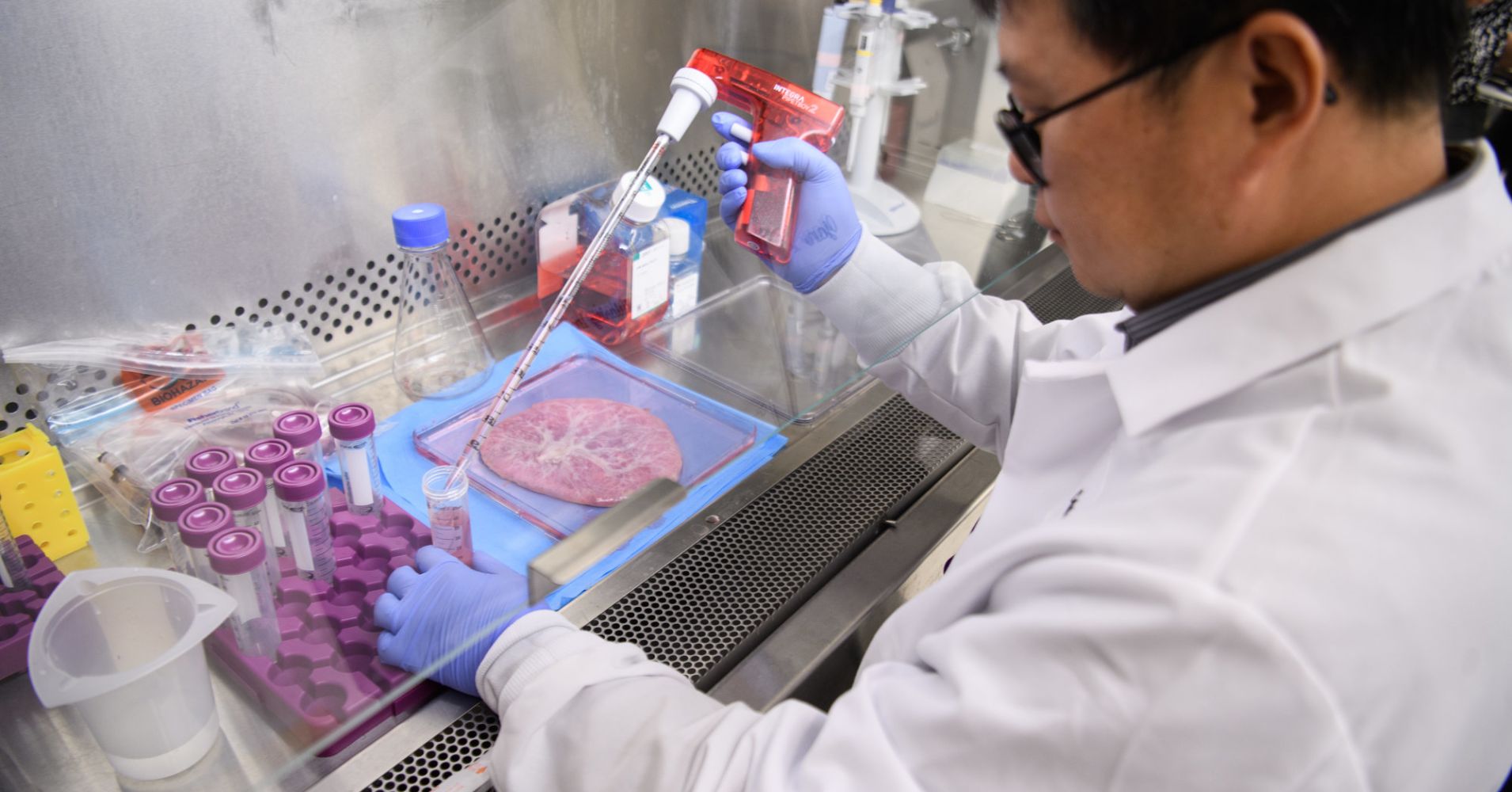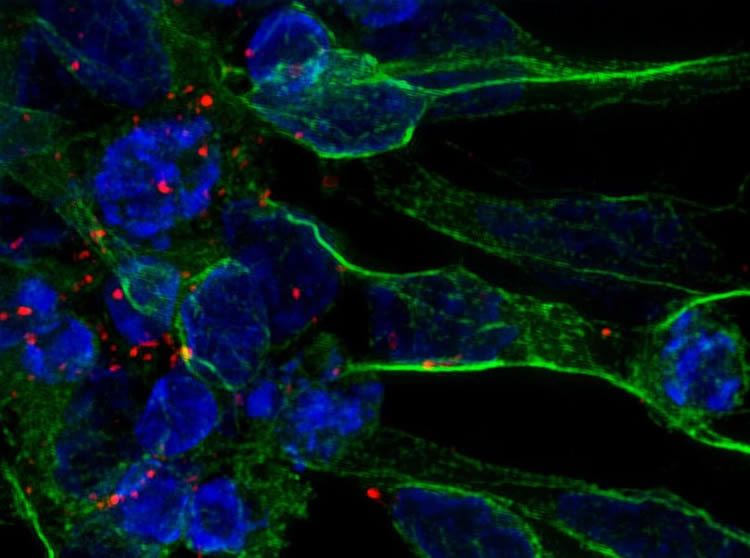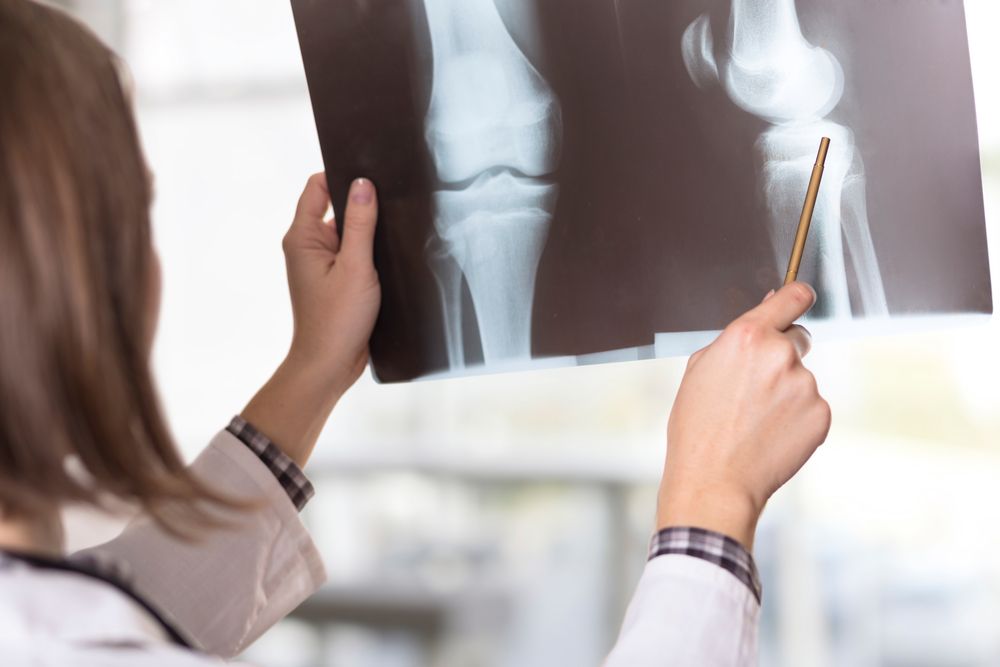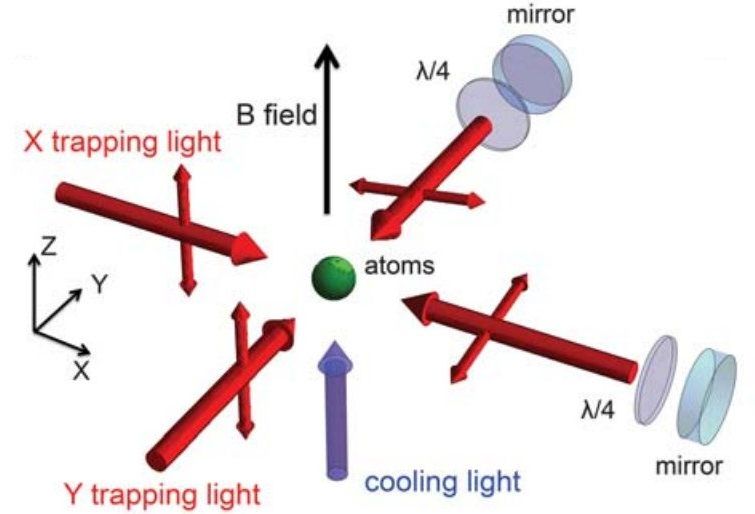Feb 18, 2018
Will 100 be the new 60? Stem cell start-up that raised $250 million could extend lifespan
Posted by Edward Futurem in categories: biotech/medical, finance, life extension, robotics/AI
Longevity become hottest object for investments;
Startup founded 5 moths ago just raised $250 million.
The start-up, which launched in September and is headquartered in Warren, N.J., announced Thursday it has raised $250 million in venture capital from global biopharmaceutical company Celgene, biotechnology company United Therapeutics Corporation, biopharmaceutical company Sorrento Therapeutics, DNA sequencing and machine learning company Human Longevity, Inc.


















